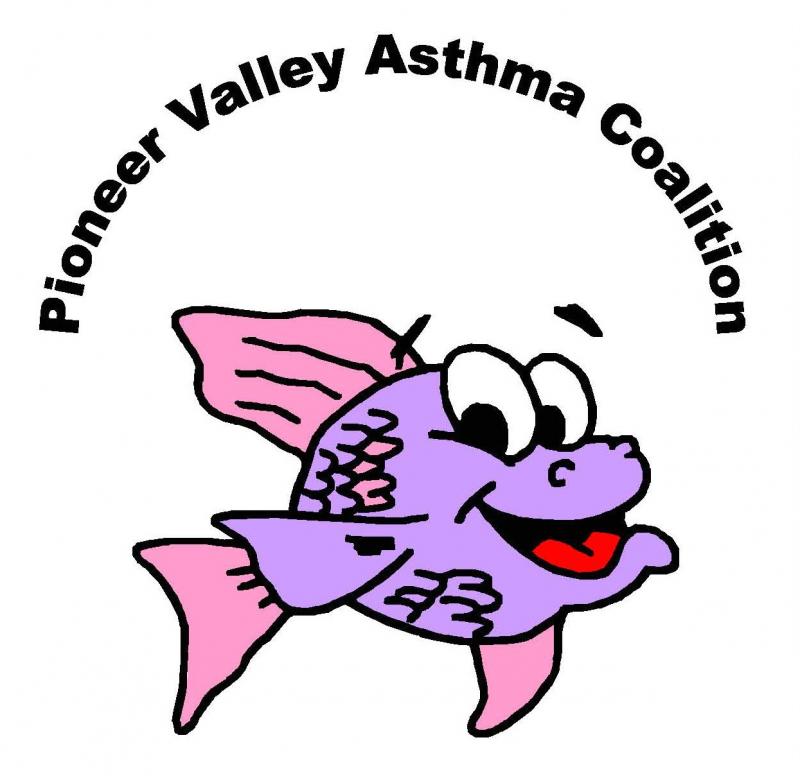Mold and Moisture
Moisture
Excessive moisture in the home contributes to numerous health impacts (asthma, allergies, and other respiratory issues), health hazards (peeling lead-based paint, mold), and structural home damage.
According to the National Center for Healthy Housing, there are several common indicators of excessive moisture in your home, including:
- Rusting metal
- Condensation on piping and/or windows
- Rotting wood
- Deterioration of other structural items
- Visible water leaks and/or stains
- Discoloration of various surfaces
- Musty odors
- Standing water
Sometimes these signs are overt, but other times excessive moisture can be difficult to locate as it may be hidden behind walls and carpets or in underutilized parts of the house like attics and crawlspaces.
Mold
Molds are living organisms that can grow in warm, damp places in your home. There are many different types of mold, and according to the National Center for Healthy Housing, more than 1,00 types have been identified in homes in the U.S. Mold growth often appears green, gray black or brown. They stain or discolor surfaces and smell musty. Their spores can resist dry environments, allowing them to outlive the mold that produced them.
Mold can grow almost anywhere including walls, ceilings, carpets, and furniture. Humidity or wetness, caused by water leaks, spills from bathtubs or showers, or condensation, can cause mold to grow in your home.
It is helpful to familiarize yourself with the common locations you may find mold so you can locate and eliminate it.
Common Places to find mold
- Bathrooms
- In wet or damp basements and crawl spaces
- Around leaky sinks
- In attics under leaky roofs
- On windows and walls where condensation collects
- Under wallpaper or carpet
- In or around air conditioners
Risks
The level of moisture in the home is an important component of creating a healthy home. Too little moisture in the home can cause dryness of the nose and respiratory systems. Too much moisture can cause health problems, including asthma and allergies. Also, high moisture levels can contribute to health hazards, such as peeling lead paint and the proliferation of cockroaches, as well as structural damage to your home.
Mold spores, which are tiny particles that float through the air, can also cause a variety of health problems. Different types of mold have different impacts, and not everyone is affected in the same way. Mold can trigger asthma attacks, other respiratory issues, and even allergic reactions. Some molds produce toxins that can be hazardous if exposed to large amounts.
Exposure to mold and moisture can cause:
- Watery eyes or other eye irritation
- Runny or stuffed noses
- Itching
- Headaches
- Difficulty breathing
- Skin irritation
- Coughing
- Wheezing
People with compromised immune systems can experience more severe impacts. Exposure to high levels of mold toxins, or repeated exposures, can also have severe health consequences
Solutions
IF MOLD EXCEEDS 10 SQUARE FEET, CONTACT A PROFESSIONAL. DO NOT ATTEMPT MOLD REMEDIATION ON YOUR OWN.
How to get rid of mold
- Clean the area as soon as possible. Use soap and water or a baking soda and vinegar solution to scrub mold off hard non-porous surfaces. Harsh chemicals like bleach are not recommended. Soft, porous surfaces like carpet of furniture may have to be thrown away as it is extremely difficult to ensure mold has been fully removed.
- Remember to wear personal protective equipment while cleaning mold, including gloves, goggles, and appropriate respiratory gear.
- If the mold occupies more than 10 square feet, contact a professional mold remediator.
- After removing the mold, clean the nearby surfaces, including the floor
- After cleaning, ensure the area is well ventilated until it is properly dried.
- After removing the mold, you must address the source of the moisture problem to prevent mold from growing back.
- Regularly check the area for reoccurring mold growth.
How to control moisture problems and prevent mold
- Keep your house clean and dry.
- Watch for condensation and wet spots. If wet spots are discovered, clean and dry them immediately.
- Fix water problems such as roof leaks, wet basements, and leaking pipes or faucets as soon as possible.
- Make sure your home is well ventilated and always use ventilation fans in bathrooms and kitchens.
- Maintain low humidity in your house, ideally between 30-50%, by using an air conditioner or dehumidifier.
- Don’t keep wet things around the house. Throw them out if thy have been wet for more than two days.
- Avoid using carpeting in areas of the home that may become wet, such as kitchens, bathrooms and basements.
- Dry floor mats regularly.
- Vent moisture-generating appliances, such as dryers, outside, and keep heating, ventilation, and air conditioning drip pans clean and flowing properly
- Make sure gutters are functioning properly, and use downspouts to direct water away from your house and foundation.
- Provide drainage and slope the ground away from your foundation.
- Perform regular building/HVAC inspections and maintenance as scheduled.
Resources
Services
- Loans to income-eligible owner-occupants for non-luxury improvements
- Zero-interest deferred-payment loan for income-eligible Owner-Occupants to address an emergency repair
- Critical repairs, modification, and housing rehab for low- to moderate-income owner
- Forgivable loans to rehab homes located in Six Corners and Memorial Square

